If you live in an area where clay soil is plentiful, you may be interested to learn how to manage your clay soil to keep it from cracking. We have compiled some information that you will find helpful.
Clay soil can get large unsightly cracks when the hot sun draws out the moisture. When this happens, it prevents plants from getting the oxygen and water needed for proper growth. When this occurs, you may need to take corrective action to balance your soil. Below is a list of techniques to manage your clay soil and help prevent cracking.
- Topdressing
- Irrigate
- Aerate
If you still have some additional questions about keeping clay soil from cracking, don't worry. In this post, we'll discuss the topic in more detail. Keep reading to learn more about the properties of clay soil and ways that you can manage and maintain it.
![Green grass growing on cracked soil, How To Keep Clay Soil From Cracking [3 Methods To Know]](https://gardentabs.com/wp-content/uploads/2022/03/How-To-Keep-Clay-Soil-From-Cracking-3-Methods-To-Know-683x1024.png)
Clay Soil Management
Clay soil gets a bad reputation because it can be hard to work. It compacts easily and sticks to everything, but it's not all bad. Clay soil is high in nutrients, holds water, anchors roots, and resists erosion. You can manage it with some due diligence and maybe even learn to like it.
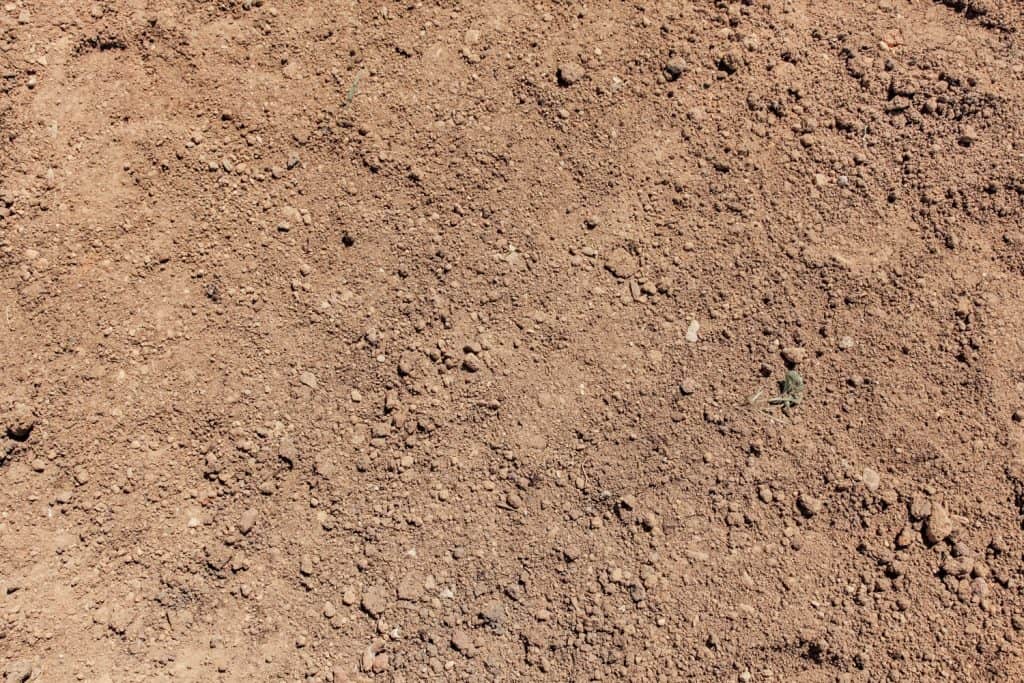
While you cannot change the texture of clay soil, you can change the structure, which affects the porosity. One method to do this is by controlling the soil's humus, a byproduct of necessary bacterial activity.
When this is changed, you can effectively manage your clay soil and create a healthy growing environment for plants.
1. Topdressing
Topdressing is when you add soil layers or other organic matter to your soil for improvement. This method is usually done once or twice per year and may need several years to incorporate and change your overall soil structure entirely.
Topsoil is a standard mixture used for topdressing, but many others work too. Some may already be on your property waiting for a useful purpose. Below are types of organic materials to add to clay soil for topdressing.
Topsoil
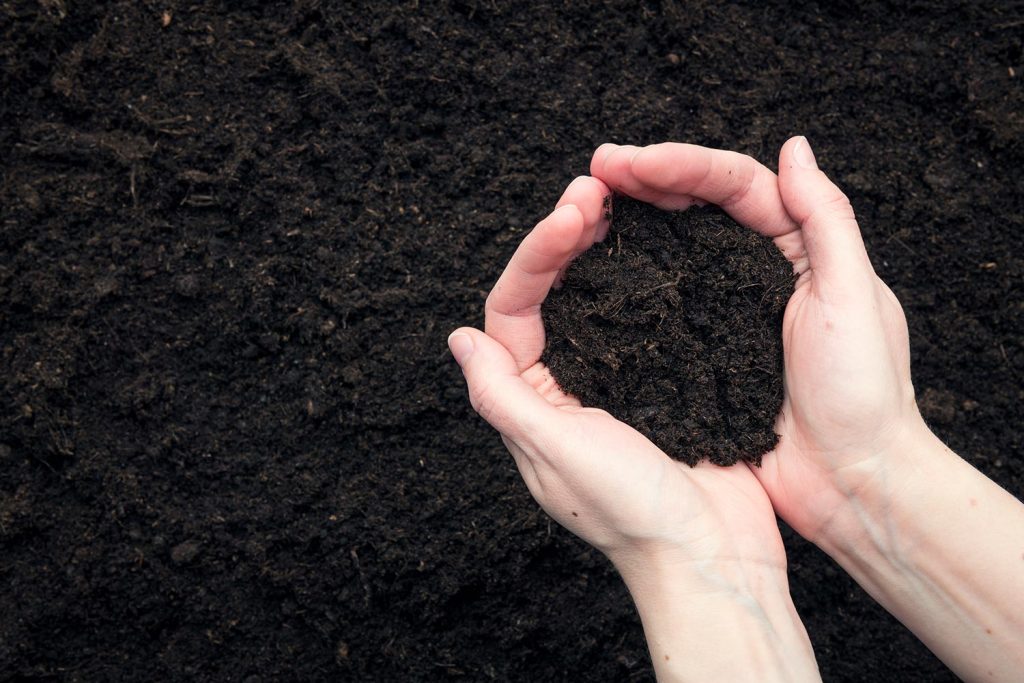
Unfortunately, it is not always as easy as just adding topsoil with clay soil. There are times that you may need to remove the surface soil and completely replace it with topsoil.
When doing this with clay soil, you need to do your research and make sure you understand its properties. Also, expect the job to be more complicated than working with other soil types.
Also, if you live in a regulated area, check to make sure that you don't need a permit or aren't violating any ordinances by changing the landscape of your yard with the added soil. You don't want to make any changes that might adversely affect your neighbors.
Wood chips
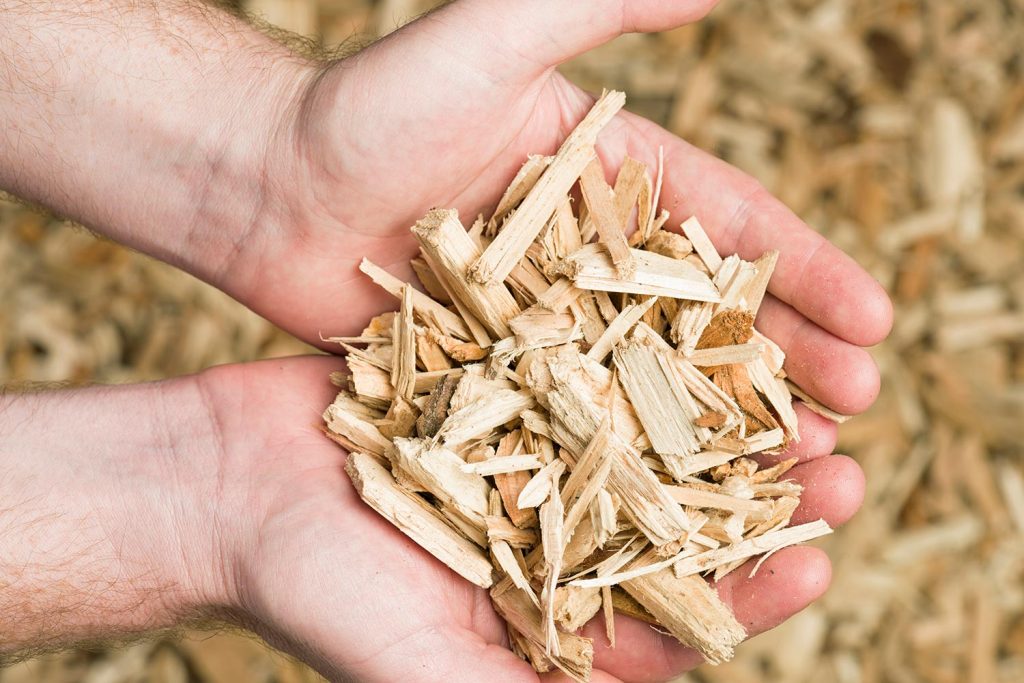
Brown, carbon-rich materials like wood chips help with porosity but should be used on soil that you don't plan to sow immediately. The ground will need to decompose the wood chips which depletes the nitrogen. Wood chips are a good option for prepping the soil for future crops or rotating planting fields.
Disposed Vegetation
Green materials like grass clipping and other vegetation will help with the porosity of the soil. Nitrogen gets lost during the decomposition process, but it isn't as significant as brown materials since green plants are nitrogen rich.
If you have a large area to manage and time to do it, consider planting cover crops. This process will do two things to help with porosity. The plants will form a dense root system to prevent large clay blocks. Then, when you turn under the plants, they will mix into the soil, adding organic matter.
For your yard, keeping your grass mowed frequently is a continuous source of organic green matter added back to the soil. Not to mention it helps to encourage deep root growth. A stable root system helps prevent cracking dirt.
Sand
Sand is often added to soil to add porosity. However, with clay soil, this is a bad idea. Sand, water, and clay soil do not mix well unless you are making bricks.
2. Irrigate
Cracking occurs when clay soil is too dry, so keeping the ground moist with any form of irrigation will help prevent cracking.
However, you have to account for its structure when irrigating clay soil. It absorbs water well, but it does it slowly. Therefore, irrigation needs to be done gradually over a more extended period of time to give the soil adequate time to absorb the water. Otherwise, you will create unwanted runoff.
Since clay soil holds water longer, you won't need to irrigate as frequently as you do with other soil types. You don't want to flood your ground; only keep it from hardening, which can lead to cracking.
In arid climates where water is at a premium, irrigation may not be possible at all or even available frequently enough to keep your clay soil from cracking.
When using irrigation methods, if possible, consider using a secondary water source like captured rainwater or filtered gray water so that you are recycling water rather than allocating freshwater away from other needs.
3. Aerate
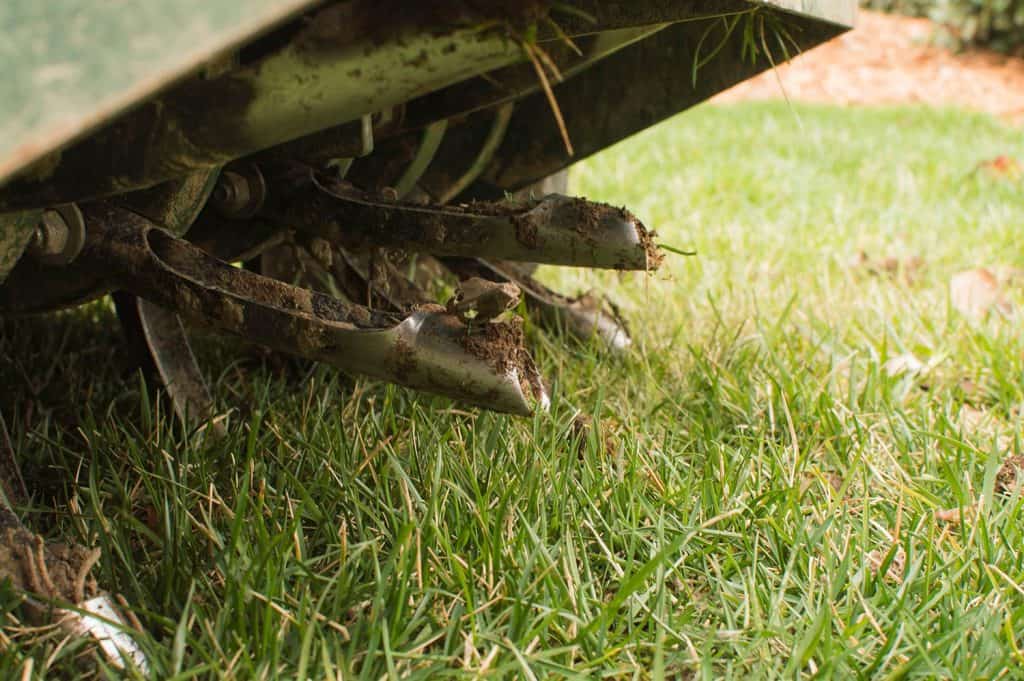
Aerating is when you either poke holes or pull out plugs of dirt to open up cavities in your soil. This process breaks up compacted soil, aiding water drainage, fertilization, and root growth. Topdressing allows the organic matter to mix deep into the ground rather than remain on the surface.
Clay soil has tiny pores and compacts easily, so aeration is beneficial. By breaking up the soil, adequate air exchange becomes possible.
In areas you are aerating, keep all forms of traffic to a minimum. Clay soil, especially when mixed with water, packs very easily and tightly. Continuous traffic compacts the soil even tighter, counteracting your aeration process.
Core Aeration
Core aeration is when you extract plugs of dirt, leaving sizeable holes for the topdressing matter. This process requires equipment. If you have a large area to aerate, you will need a machine. For small spaces, you can purchase a manual tool.
Consider this one from Agri-Fab that attaches behind a riding mower:
Find this core aerator on Amazon.
For a manual tool, consider this one from Yard Butler:
Find this manual core aerator on Amazon.
Tine Aeration
Tine aeration uses small spikes to make small holes in the soil. This process works best in areas where the beauty of the landscaping shouldn't be disturbed. This process is not suitable for clay soil. It can worsen compacting. For clay soil, stick with a core aerator.
Humic Acid
Another method considered by some to be aeration is soil conditioners. One popular choice is humic acid, but there are others. Humic acid works in clay soil to help break up, allowing water and nutrients to penetrate the soil.
Consider this concentrated organic liquid humic acid from GS Plantfoods:
Earthworms
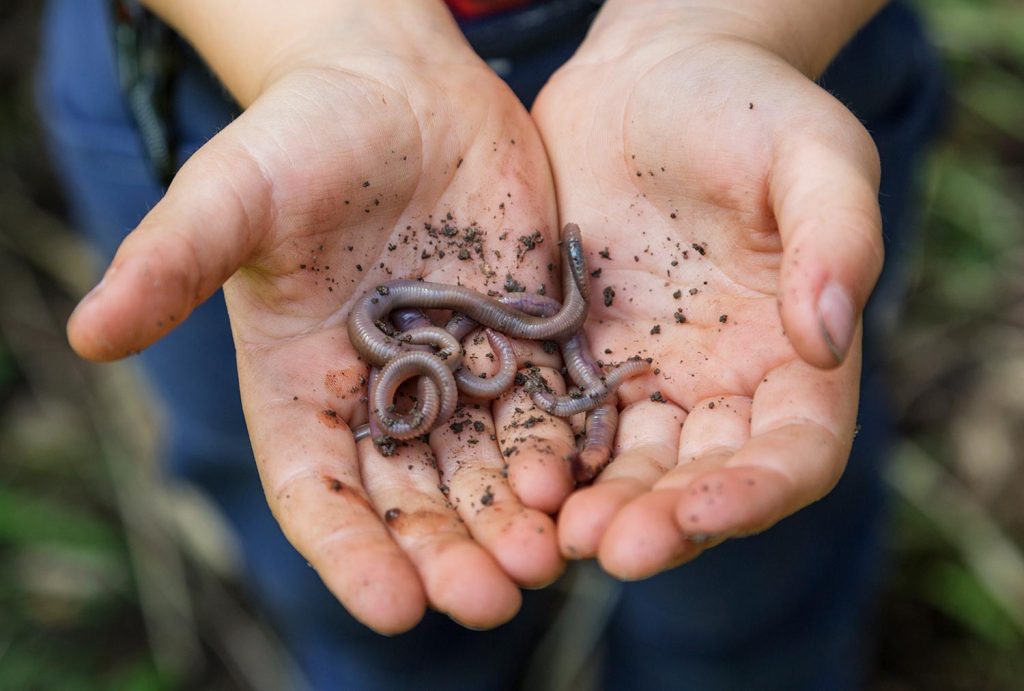
Earthworms perform a natural aeration process on the soil. Clay soil isn't conducive to earthworms until it is under a management process.
Once you get the environment right for earthworms, they will do a lot of work for you. Besides digging aeration tunnels, earthworms also turn organic matter into humus and leave their castings for fertilizer.
What causes clay soil to crack?
Clay cracks because all the moisture has been extracted, most likely by the hot sun. Clay soil is like a sponge. It absorbs large amounts of water and expands, but as it dries out, shrinking occurs. As the water evaporates out of the clay, it shrinks and cracks.
You will also find cracks in clay soil during the winter months. Water gets trapped in the ground and becomes frozen. The expansion of the frozen soil can cause cracks. However, as the soil thaws, the cracks should disappear.
How long does it take clay soil to dry?
Clay soil is full of tiny pores that slowly absorb large amounts of water. Therefore, it takes longer for clay to dry than other soil types.
After a good rain or irrigation, you can expect that it will take approximately three days for clay soil to dry to a level where you can begin working in it again. If you are in a climate with extreme heat and sun, this may take less time.
If the clay clods aren't breaking up or the soil sticks to your tools, stop working and try again later. If you continue to work wet clay soil, it will compact more, leaving you with a big mess.
Why does clay swell with water?
The structure of clay soil has small pores, which cause it to stick together. When water is added, the stickiness increases, making it difficult for it to flow through and escape. Therefore, large amounts of water are absorbed, causing the soil to swell.
Can you add topsoil to clay soil?
Yes, you can add layers of topsoil over your clay soil. This process is called topdressing and works best if done in conjunction with aeration.
In Closing
Clay soil can be frustrating, but you can make it work if you understand its properties and learn ways to manage it. You might even learn to appreciate its qualities.
To learn more about what grows best in clay soil, take a look at this post: 11 Great Plants for Clay Soil and Full Sun
Also, consider reading this post: 11 Plants That Like Wet Clay Soil And Shade



